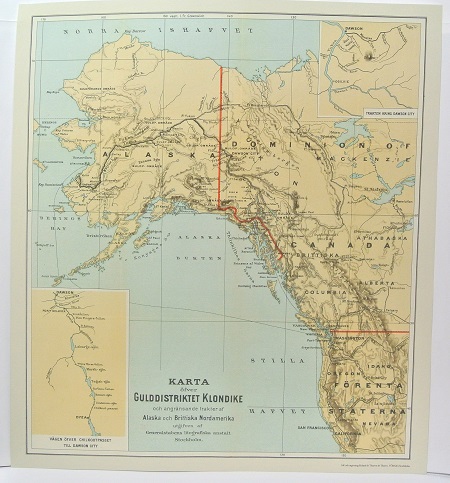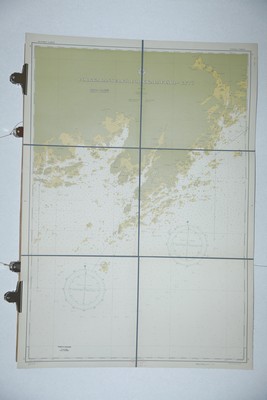Död 1696.
Engelsk förläggare och kartograf. 1668 etablerade han sig som förläggare. 1680 påbörjade han utgivningen av ett stort atlasverk, 'English Atlas' efter mönster av de holländska kartverken, först och främst Janssonius (se denne), vars arvingar han arbetat tillsammans med. Pitt blev emellertid ruinerad efter att de 4 första banden utkommit och verket blev aldrig slutfört. Pitt själv blev satt i häkte under en tid och skrev sedan en uppseendeväckande bok om förhållandena där, 'The Cry of the Oppressed' (1691).
Bland arbeten.
English Atlas.
'The Cry of the Oppressed.
Dict. nat. biogr.
Född ca. 1649.
Holländsk bok-, konst- och karthandlare. Han fick borgerskap i Amsterdam 1674. Tillsammans med Johannes van Keulen (se denne) gav han 1679 ut 26 stycken nya sjökort. 1683 lät han ge ut 'Zee Atlas' med 20 kartor och 1689 en större engelsk utgåva, 'The new enlarged Lightning Sea Column' med 137 kartor. En stor del av dessa var tidigare arbeten av Theunis Jacobsz och Jacob Theunisz (se denne). Robijn omnämns sista gången 1707.
About 1675, shortly before the van Keulen publishing business was set up in Amsterdam, Robijn practised there as a map 'illuminator' and chart seller. After a short association with Johannes van Keulen he acquired publishing rights covering the Zee-Spiegel and Zee Atlas from the widow of Pieter Goos and used the plates to produce his own pilot book and sea atlas. Apart from a small number of plates prepared to his own order, most of Robijn's work cannot be said to be original: he issued Goos's charts and those of Roggeveen with a variety of texts by J. and C. Jacobsz (Lootsman), Ar...
Bland arbeten.
Zee Atlas.
The new enlarged Lightning Sea Column.
STELLA [STOLZ, STOLTZ, SIGENIS], TIELEMANO.
1527-1589, d. Wittenberg.
His maps used by Ortelius, de Jode, Hondius, Blaeu.
Bland arbeten.
Totius Germaniae 1546.
Maps for Bible 1552-7.
Jerusalem 1557.
Revised Münster's Germany 1560.
Tooley.
Gulddistriktet Klondike - ca 1897.
'Porkkalanselkä, Porkkalafjärd - Kytö' - Finland 1934.



